Musisz być zalogowany/a
-
WróćX
-
Alkatrészek
-
-
Kategória
-
Félvezetők
- Diódák
- Tirisztorok
-
Elektromosan szigetelt modulok
- VISHAY (IR) elektromosan szigetelt modulok
- INFINEON (EUPEC) elektro-szigetelt modulok
- A Semikron elektromosan szigetelt moduljai
- POWEREX elektroszigetelt modulok
- IXYS elektromosan szigetelt modulok
- Elektro-szigetelt modulok a POSEICO-tól
- Az ABB elektromosan szigetelt moduljai
- Elektro-szigetelt modulok a TECHSEM-től
- Przejdź do podkategorii
- Híd egyenirányítók
-
Tranzisztorok
- GeneSiC tranzisztorok
- Mitsubishi SiC MOSFET modulok
- STARPOWER SiC MOSFET modulok
- ABB SiC MOSFET modulok
- IGBT modulok a MITSUBISHI-tól
- MITSUBISHI tranzisztor modulok
- MITSUBISHI MOSFET modulok
- ABB tranzisztor modulok
- IGBT modulok a POWEREX-től
- IGBT modulok – az INFINEON-tól (EUPEC)
- Szilícium-karbid félvezető elemek
- Przejdź do podkategorii
- Drivers
- Tápblokkok
- Przejdź do podkategorii
- LEM áram- és feszültségátalakítók
-
Passzív alkatrészek (kondenzátorok, ellenállások, biztosítékok, szűrők)
- Ellenállások
-
Biztosítékok
- Miniatűr biztosítékok ABC és AGC sorozatú elektronikus rendszerekhez
- Gyors működésű cső alakú biztosítékok
- Késleltetett lapkák GL/GG és AM karakterisztikával
- Ultragyors biztosítékok
- Brit és amerikai szabványos gyors működésű biztosítékok
- Gyors működésű európai szabványú biztosítékok
- Vontatási biztosítékok
- Nagyfeszültségű biztosítékok
- Przejdź do podkategorii
-
Kondenzátorok
- Kondenzátorok motorokhoz
- Elektrolit kondenzátorok
- Jégfilm kondenzátorok
- Teljesítménykondenzátorok
- Kondenzátorok egyenáramú áramkörökhöz
- Teljesítménykompenzációs kondenzátorok
- Nagyfeszültségű kondenzátorok
- Kondenzátorok indukciós fűtéshez
- Impulzuskondenzátorok
- DC LINK kondenzátorok
- Kondenzátorok AC/DC áramkörökhöz
- Przejdź do podkategorii
- Interferencia szűrők
- Szuperkondenzátorok
- Túlfeszültség elleni védelem
- TEMPEST Felfedő emissziós szűrők
- Túlfeszültség-levezető
- Przejdź do podkategorii
-
Relék és kontaktorok
- Relék és kontaktorok elmélete
- AC háromfázisú félvezető relék
- DC szilárdtest relék
- Szabályozók, vezérlőrendszerek és tartozékok
- Lágyindítás és irányváltó kontaktorok
- Elektromechanikus relék
- Kontaktorok
- Forgókapcsolók
-
Egyfázisú AC szilárdtest relék
- Egyfázisú váltakozó áramú szilárdtestrelék, 1. sorozat | D2425 | D2450
- Egyfázisú AC szilárdtest relék CWA és CWD sorozat
- Egyfázisú AC szilárdtest relék CMRA és CMRD sorozat
- Egyfázisú AC félvezető relék PS sorozat
- AC szilárdtest relék kettős és négyes sorozatú D24 D, TD24 Q, H12D48 D
- GN sorozatú egyfázisú szilárdtest relék
- Egyfázisú AC szilárdtest relék CKR sorozat
- Egyfázisú AC DIN sínes relék ERDA és ERAA SERIES
- Egyfázisú váltakozó áramú relék 150A áramerősséghez
- Kettős szilárdtest relék DIN sínes hűtőbordával integrálva
- Przejdź do podkategorii
- AC egyfázisú nyomtatható félvezető relék
- Interfész relék
- Przejdź do podkategorii
- Magok és egyéb induktív alkatrészek
- Radiátorok, Varisztorok, Hővédelem
- Ventillátorok
- Klíma, Kapcsolószekrény tartozékok, Hűtők
-
Akkumulátorok, töltők, puffer tápegységek és átalakítók
- Akkumulátorok, töltők - elméleti leírás
- Lítium-ion akkumulátorok. Egyedi akkumulátorok. Akkumulátorkezelő rendszer (BMS)
- Akkumulátorok
- Akkumulátortöltők és tartozékok
- UPS és puffer tápegységek
- Átalakítók és tartozékok napelemekhez
- Energiatárolás
- Hidrogén üzemanyagcellák
- Lítium-ion cellák
- Przejdź do podkategorii
- Automatizálás
-
Kábelek, Litz vezetékek, vezetékek, rugalmas csatlakozások
- Vezetékek
- Kábeltömszelencék és -hüvelyek
- Arcok
-
Kábelek speciális alkalmazásokhoz
- Hosszabbító és kiegyenlítő kábelek
- Hőelem kábelek
- Csatlakozó kábelek PT érzékelőkhöz
- Többeres kábelek hőm. -60°C és +1400°C között
- SILICOUL középfeszültségű kábelek
- Gyújtókábelek
- Fűtőkábelek
- Egyeres kábelek hőm. -60°C és +450°C között
- Vasúti vezetékek
- Fűtőkábelek pl
- Kábelek a védelmi ipar számára
- Przejdź do podkategorii
- pólók
-
Zsinór
- Lapos zsinór
- Kerek fonatok
- Nagyon rugalmas fonat - lapos
- Nagyon rugalmas zsinór - kerek
- Hengeres rézfonatok
- Réz hengeres fonatok és borítások
- Rugalmas földelő hevederek
- PVC szigetelt rézfonatok - 85 fokos hőmérsékletig
- Lapos alumínium fonatok
- Csatlakozókészlet - zsinórok és csövek
- Acél fonatok
- Przejdź do podkategorii
- Vontatási berendezések
- Kábelsaruk
- Szigetelt rugalmas sínek
- Többrétegű rugalmas sínek
- Kábelkezelő rendszerek
- Przejdź do podkategorii
- Az összes kategória megtekintése
-
Félvezetők
-
-
- Szállítók
-
Alkalmazások
- Bányászat, kohászat és öntöde
- Berendezések elosztó- és kapcsolószekrényekhez
- CNC gépek
- DC és AC hajtások (inverterek)
- Energetika
- Energia bankok
- Faszárító és -feldolgozó gépek
- Gépek műanyagok hőformázásához
- Hegesztőgépek és hegesztők
- Hőmérséklet mérés és szabályozás
- HVAC automatizálás
- Indukciós fűtés
- Ipari automatizálás
- Ipari védőfelszerelés
- Kutatási és laboratóriumi mérések
- Motorok és transzformátorok
- Nyomtatás
- Robbanásveszélyes zónák alkatrészei (EX)
- Tápegységek (UPS) és egyenirányító rendszerek
- Villamos és vasúti vontatás
-
Telepítés
-
-
Induktorok
-
-
Indukciós eszközök
-
-
Szolgáltatás
-
- Kapcsolat
- Zobacz wszystkie kategorie
Rogowski-tekercsek – felépítés és működési elv

Rogowski coils, thanks to their coreless design and wide frequency range, are becoming an increasingly popular alternative to traditional transformers or Hall sensors. In this article, we present the principle of their operation, practical applications, and compare them with other measurement technologies.
What is a Rogowski coil?
A Rogowski coil is a coreless current transducer used for measuring alternating current (AC). It operates based on the principle of electromagnetic induction – it measures the changing magnetic flux generated by the current flow, inducing a voltage proportional to the rate of change of current over time (dI/dt).
Applications of Rogowski coils
Rogowski coils are widely used in:
- power engineering (network monitoring, power quality analysis),
- industrial automation (drive control, motor startup),
- measuring devices and power parameter recorders,
- renewable energy installations (PV, wind turbines),
- e-mobility (charger monitoring, EV infrastructure),
- scientific research and laboratory pulsed current measurements.
Construction of a Rogowski coil
The coil consists of a flexible copper winding spirally wound around a plastic (non-ferromagnetic) core, shaped as a ring or an open loop. It has no ferromagnetic core, eliminating the problems of saturation and hysteresis.
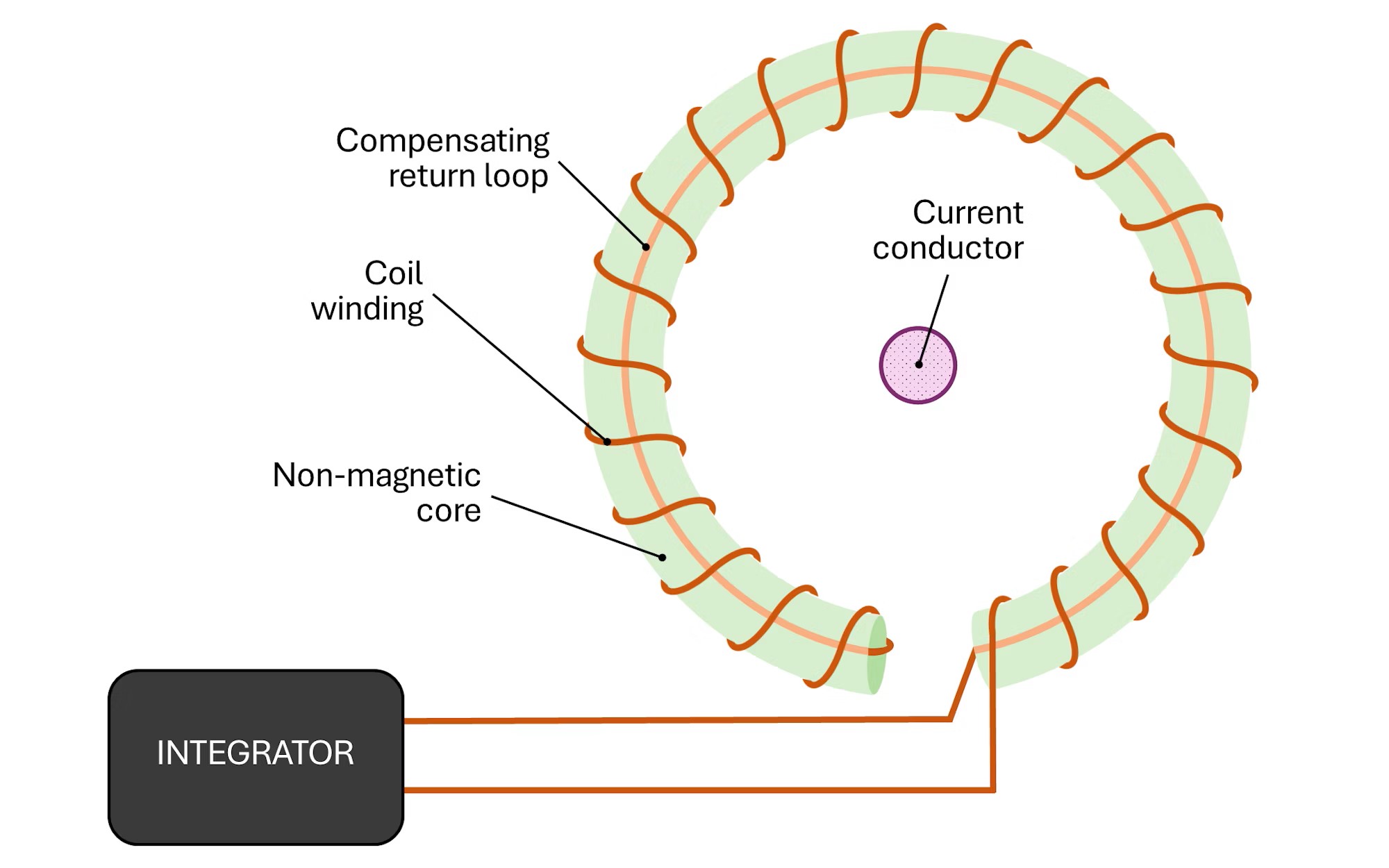
Operating principle of a Rogowski coil
The Rogowski coil works according to Faraday's law of induction: a changing magnetic field, caused by the current flow in the conductor surrounded by the coil, induces a voltage in it. This voltage is proportional to the derivative of the current over time:

*where M is the mutual inductance of the coil relative to the conductor.
To obtain the instantaneous current value, the signal from the coil must be integrated in the measurement path (either analog or digital). Key phenomena used in operation:
- electromagnetic induction (Faraday's law),
- superposition principle (for multi-conductor measurement systems),
- no magnetic coupling with a core (no saturation effect).
Why are PEM coils market leaders?
Rogowski coils from PEM (Power Electronic Measurements Ltd) are considered among the most accurate and stable solutions on the market. The company has been specializing exclusively in Rogowski coil technology for over 30 years, developing a range of innovative solutions:
RCT – industrial Rogowski coils for network monitoring
The RCT series is designed for operation in industrial environments. It offers:
- compliance with industrial standards,
- DIN rail mounting (easy integration with switchgear),
- digital communication via Modbus RTU interface, enabling remote parameter monitoring.
CWT – broadband coils for laboratory and power electronics applications
The CWT series includes precise probes with a wide frequency range – from low to very high:
- available in LF (Low Frequency) and HF (High Frequency) variants,
- bandwidth up to 30 MHz,
- option to choose between external or integrated integrator circuits.
CWT Mini / CWT UltraMini – miniature probes for local measurements
Designed for the most demanding and compact systems, the CWT Mini and UltraMini probes allow for:
- innovative measurement of through-hole components (THT),
- safe and precise measurements of semiconductor circuits (e.g., MOSFET, IGBT, SiC, GaN),
- installation in very limited spaces – e.g., directly on PCBs.
Why choose PEM coils?
PEM solutions stand out from the competition due to their unique design features and quality of workmanship:
- Measurement accuracy up to ±0.1%, achieved through individual calibration of each coil.
- No ferromagnetic core, eliminating issues of magnetic saturation and hysteresis.
- Wide frequency bandwidth – up to 30 MHz, depending on the model.
- Current measurement from a few milliamperes to hundreds of kiloamperes, including pulsed and high-frequency disturbances (HF).
- Flexible mechanical design – coils are lightweight, bendable, often with an openable structure.
- Compliance with international standards, including IEC 61010 and IEC 61869, ensuring safety and reliability.
Comparison with other current measurement methods
In engineering practice, various technologies are used for current measurement, each with its strengths and limitations. The Rogowski coil stands out due to its unique design and characteristics. Here's how it compares to other solutions:
Rogowski Coil
This is a coreless current transducer ideal for measuring alternating and pulsed currents. Its main advantages include:
- No saturation (because it does not contain a ferromagnetic core),
- Very wide frequency range, even up to tens of megahertz,
- Low weight and flexibility — can be installed even in hard-to-reach places,
- Safe, non-contact measurement (galvanic isolation).
Main limitation: it does not allow for direct measurement of the DC component, and the resulting voltage signal requires integration (analog or digital), which may increase the complexity of the measurement system.
Current Transformer (CT)
This traditional solution is primarily used in power engineering and AC current measurement systems. Main advantages include:
- Simple design and reliability,
- Good accuracy at power line frequencies (50/60 Hz),
- Low cost and wide availability.
Limitations include core saturation at high currents, limited frequency range (typically a few hundred Hz to a few kHz), and larger size and weight.
Shunt (measuring resistor)
A shunt is a precision resistor where the voltage drop is used to calculate the current value. Its advantages include:
- Measurement of both DC and AC,
- Very good accuracy at low currents,
- Direct integration with measurement electronics.
Its drawbacks are that the shunt must be inserted into the current circuit, which means no galvanic isolation, risk of thermal losses, and potential overheating at high currents.
Hall Effect Sensor
Hall sensors use the Hall effect to measure the magnetic field generated by the current, enabling measurement of both DC and AC currents. Additional advantages include:
- Full galvanic isolation,
- Compact form factor,
- Easy integration with digital systems.
Main disadvantages include lower accuracy compared to shunts or Rogowski coils, temperature sensitivity, and limitations in high-frequency signal measurement.
Conclusion
The Rogowski coil is best suited where the following are required:
- Measurement of high currents (pulsed or alternating),
- Wide measurement bandwidth,
- Lightweight, flexible, and non-contact installation,
- No issues with saturation or hysteresis.
However, for DC current measurement, high accuracy at low ranges, or simplicity of the system, other technologies may be more appropriate — each has its place in specific applications.
Rogowski coils are current transducers that, thanks to their coreless design, wide bandwidth, and high mechanical flexibility, are ideal for demanding measurement applications. Their ability to accurately reflect rapidly changing currents, immunity to saturation, and resistance to electromagnetic interference make them an ideal choice for power electronics, industrial automation, scientific research, renewable energy systems, and electromobility.
Although not a universal solution (e.g., they do not directly measure DC current), in many scenarios they outperform traditional current transformers, shunts, or Hall sensors – especially where dynamics, safety, and ease of installation matter most.
The choice of the right current measurement technology should always consider the characteristics of the measured signals and the operating environment — and the Rogowski coil may just be the missing link in a modern measurement system.
Related products
Related posts
 Nowości w dziale zasilacze, przetwornice i inwertery – inwertery Premium
Nowości w dziale zasilacze, przetwornice i inwertery – inwertery Premium
 Oświetlenie do obrabiarek– oprawy KIRA!
Oświetlenie do obrabiarek– oprawy KIRA!

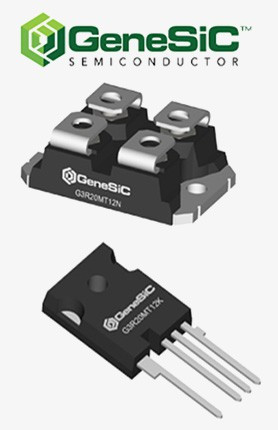
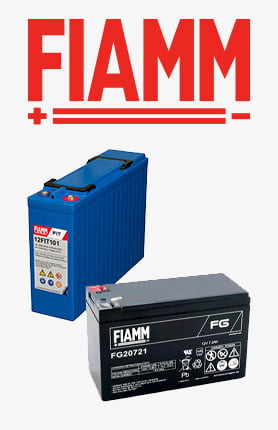
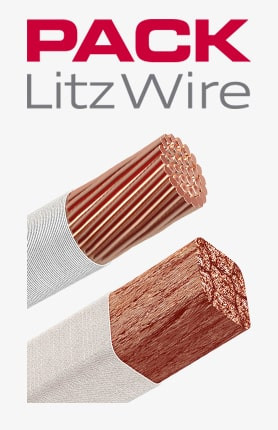


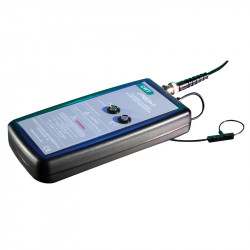
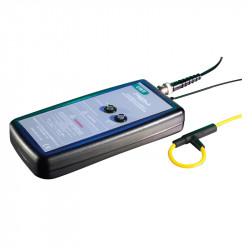


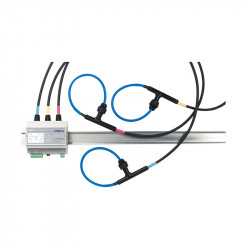

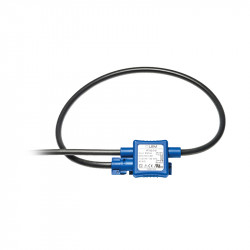

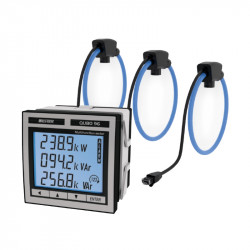
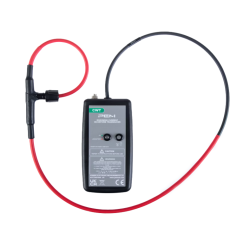
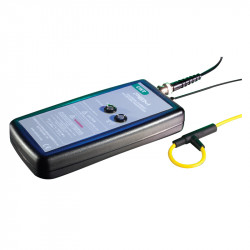
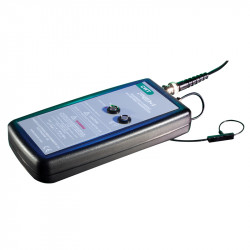
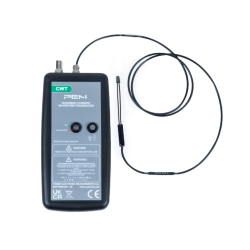
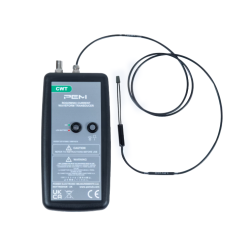
Leave a comment